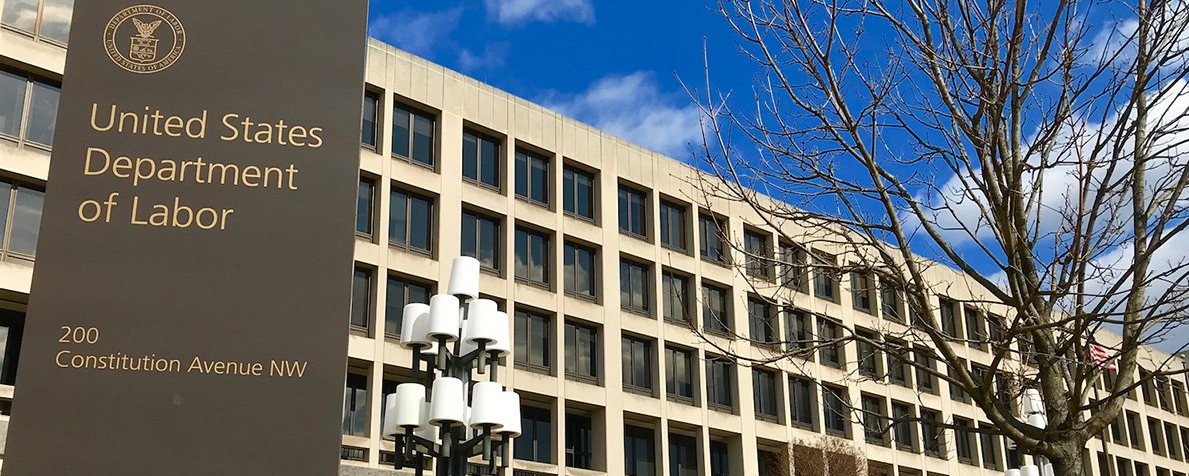






Guidance for Federal Employees during the COVID-19 Pandemic
The COVID-19 pandemic has affected day-to-day life and work across the country. While it seems that the situation and best practices to deal with the effects of the virus on our work and life may change daily, the government has responded with groundbreaking emergency aid legislation.
The Families First Coronavirus Response Act contains provisions for paid sick leave as well as extended unemployment aid for those who qualify.
Similarly, during this time of uncertainty several governmental agencies have provided guidance for federal employees for policies related to workers’ compensation benefits, working from home and the on-boarding process for new employees.
Federal Employee’ Compensation Act
The Federal Employees’ Compensation Act, (FECA) provides workers’ compensation coverage to approximately 2.6 million federal workers for employment-related injuries and occupational diseases.
The Division of Federal Employees’ Compensation within the U.S. Department of labor has created new procedures specifically addressing COVID-19 claims.
Federal employees who develop COVID-19 while in the performance of their federal duties are entitled to workers’ compensation under the FECA.
Special case handling considerations are given to federal workers that are engaged in high-risk employment, such as members of law enforcement, first responders, and front-line medical and public health personnel. This includes TSOs due to the frequency of their work with the public.
OWCP will accept the exposure to COVID-19 of high-risk employees was proximately caused by the nature of the employment; however, a positive COVID-19 test is required to file an OWCP claim.
Teleworking
As part of the strategy to limit the continued transmission of the virus, employees who have the option have begun to work from home. Recently, on March 15, 2020 in a memo from the Office of Management and Budget, the White House has authorized federal agencies to “offer maximum telework flexibilities to all current telework eligible employees.”
For many this also requires caring for children who are no longer able to attend school while working from home. For telework-eligible employees who have caregiving responsibilities, agencies were encouraged to offer flexible work schedules during which employees may perform telework. This would allow an employee to determine his or her own work schedule within the limits set by the agency.
On-boarding
On March 24, 2020, the OPM released guidance for new employees and the on-boarding process. Administering the oath of office may be done virtually through Skype, FaceTime, or Zoom. The new employee should also send an electronic version of the signed document. Other forms required or used in the on-boarding process should also be made available electronically to the extent practicable.
However, agencies that are able to collect and process fingerprints will continue to do so. Agencies will delay reporting the final adjudication of the background investigation until a fingerprint check has been completed and considered in the adjudication. Existing mechanisms for measuring the timeliness of adjudication compliance will continue; however, agencies will not be held accountable for adjudication reporting timeliness during the period this guidance is in effect.
The OPM also released several memos in late March to give agencies increased hiring authorities to deal with the coronavirus outbreak. Federal agencies will have rotational opportunities for federal employees to support the COVID-19 response. The COVID-19 Response Program will use Open Opportunities, a government-wide platform offering professional development opportunities to current federal employees. The platform provides a centralized location where federal agencies can post details, micro details, and/or temporary rotational assignments.





